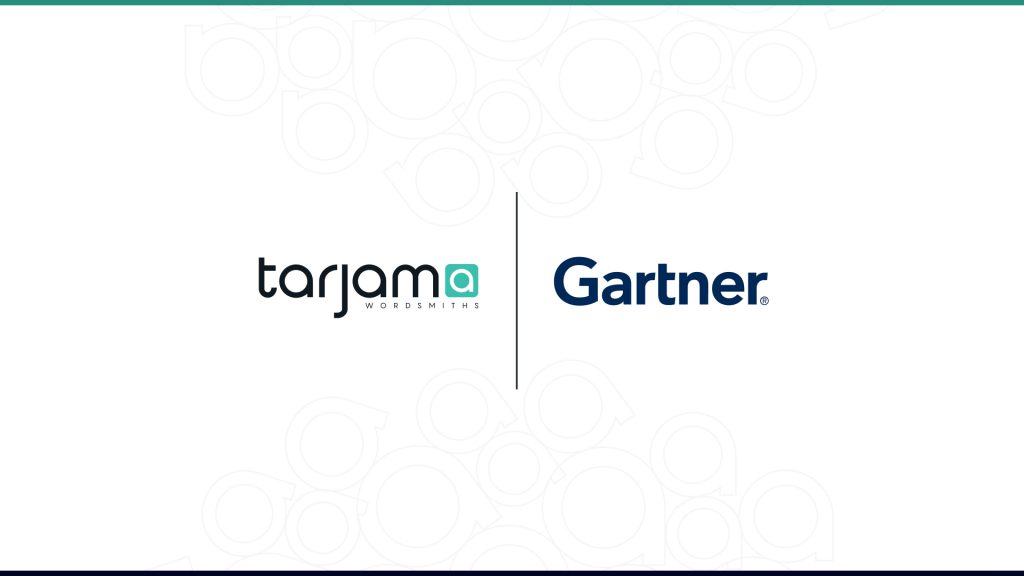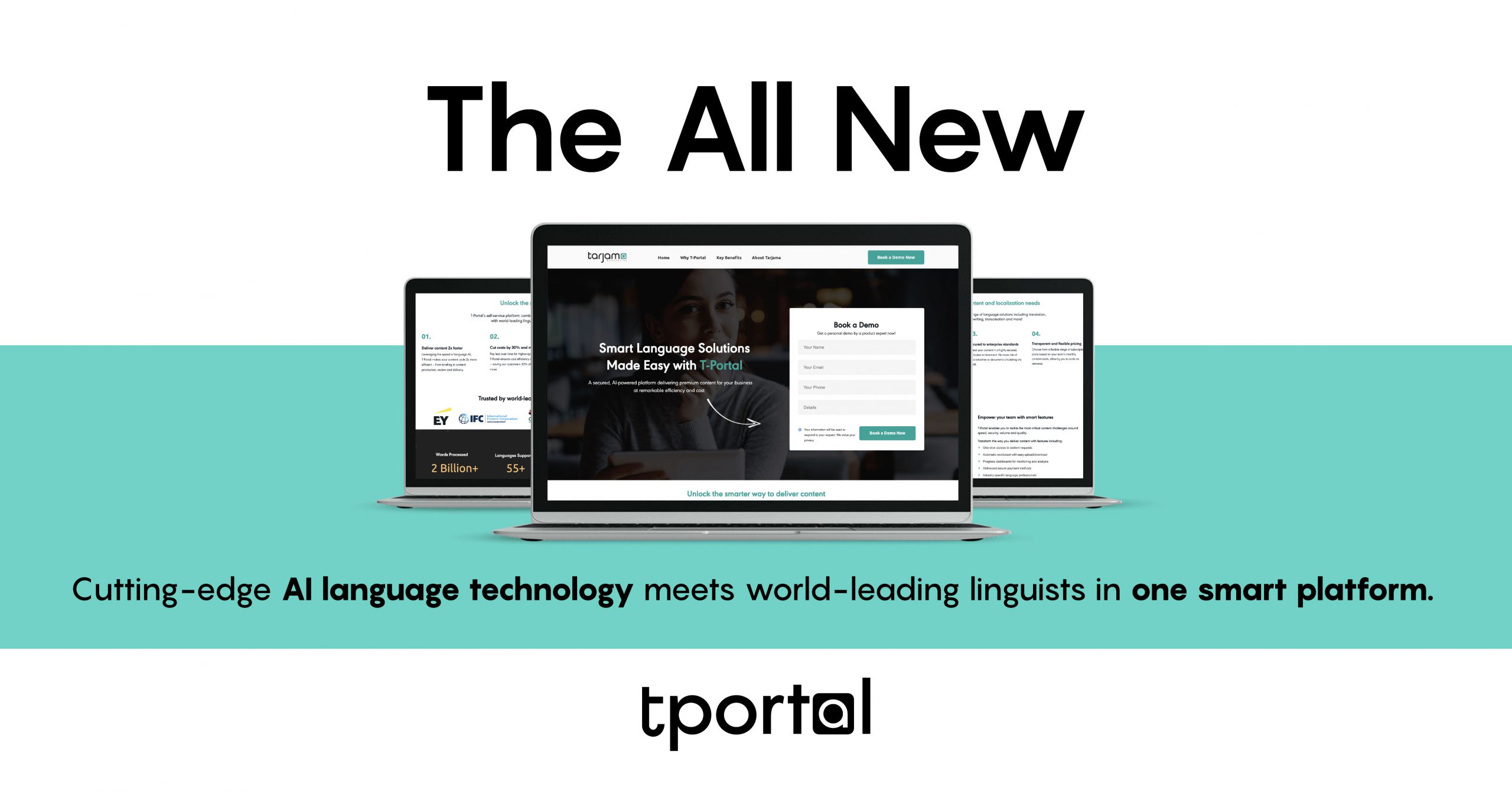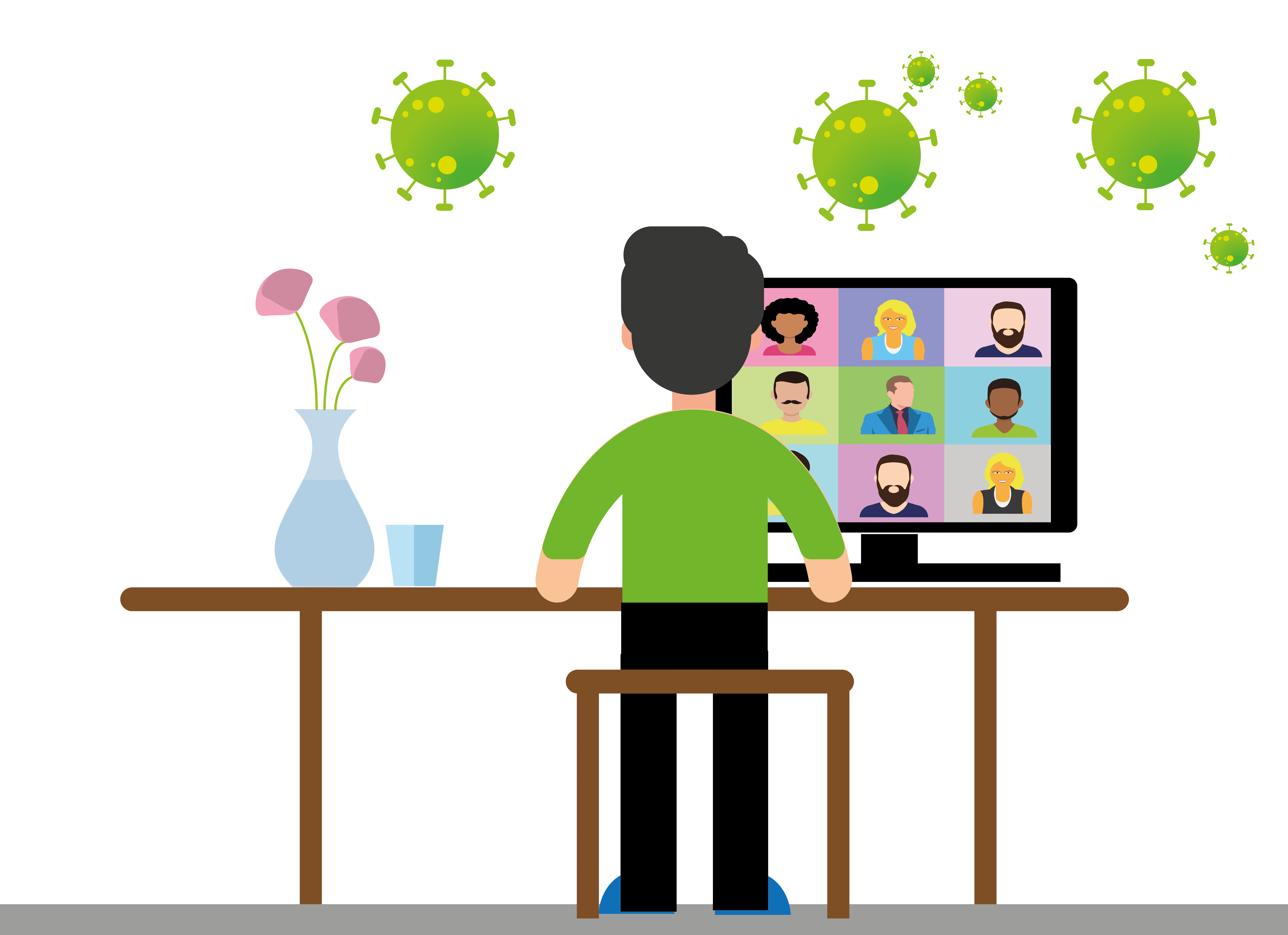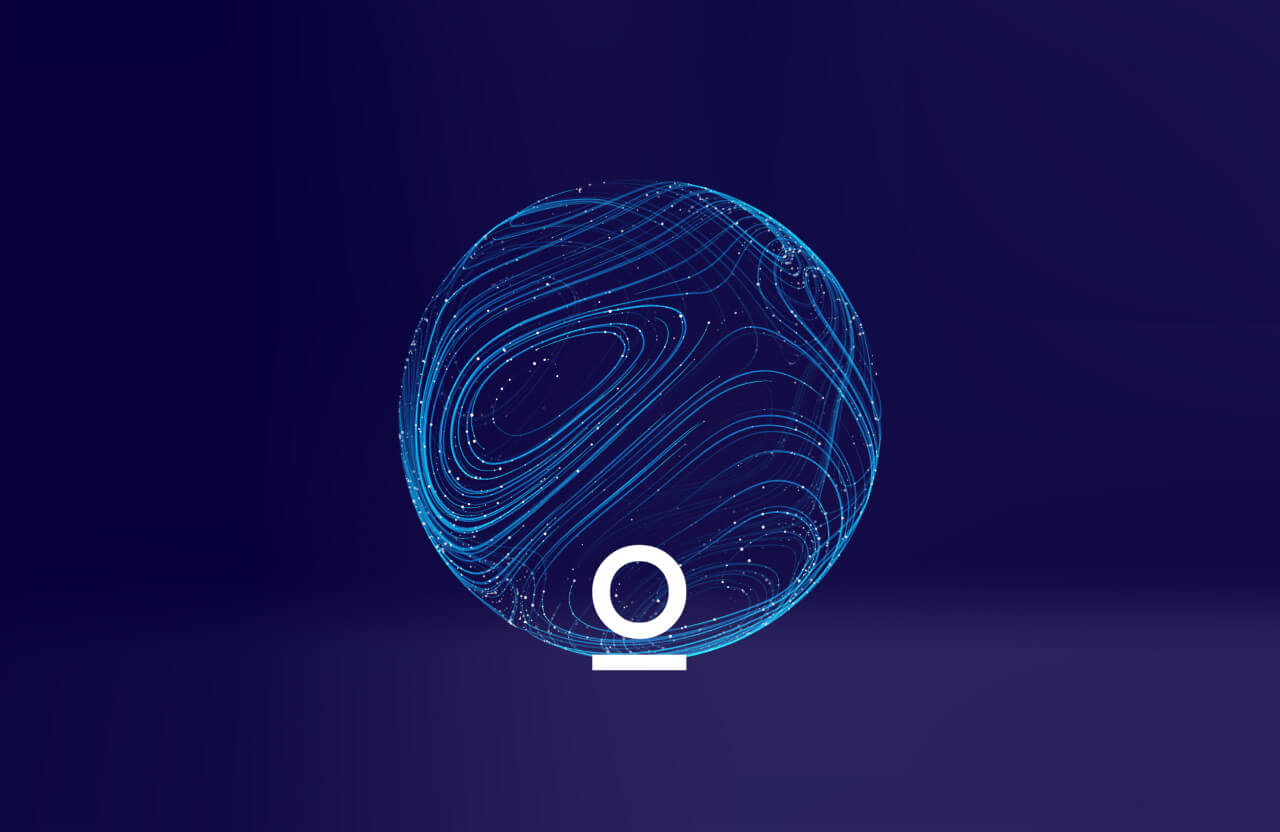As the world becomes one big village via the internet, the target audience for any company that wants to grow should always be global. With digitalization, every consumer in all parts of the world, their culture and habits are one click away for businesses. When going through a digital transformation or laying the base of your new company, one should always keep in mind the opportunities the global marketplace has awaiting.
You might be a startup or an authoritative company in your industry, but that doesn’t mean you should be left out of the fast-paced marketplace and the profits it has to offer. Speaking with the same voice as your consumers in another part of the world requires knowledge of their cultural norms, not just the language. When content localization is done for your business, you will have the same tone of voice as your consumer. You can create consumer sentiment that will positively affect your sales and reputation.
The definition of localization can differ and might be a gray area in terms of execution. Localizing your website to the target country is how you will showcase yourself to its locals, as an entity that is one of them. Let’s go over the steps of localization in this article where we have gathered the most crucial information you need when localizing your website into another language and the attributes you should look for in your localization partner.
What is Website Localization and Why Is It Important
Your website content is how you showcase yourself to the digital world. The quality of content is one thing, but to serve the same experience as you do in your mother language to other languages and cultures is a whole other thing. The local market needs you to be just as local as them. They want your website to feel at home for them with all their gestures and phrases. The difference between translation and localization is felt at this point.
To translate content, you only need the systematic equivalents of the words in the target language. By translating all the words you have, the content now is the same through feeling, structure, and meaning. But this is where a good business separates itself from this mainstream workflow. Suppose a company wants to be successful in localized marketing. It should also consider the cultural differences, how the local market works, and the sentiments used in that country.
When translation is the solution, there are almost always flaws in the content not being thorough enough for the consumer. Sometimes a single word use means different within the context of what you’re trying to say. This is why you have to value not just the word but what it stands for. Like thousands of successful companies in the world, they deliver what they stand for in their target language.
Keep Up To Be The Leader in Your Sector, Worldwide
In a world where every day we wake up to innovation, keeping up can be overwhelming. Keeping your presence up to date with changing quality expectations on the one hand and running a business on the other, we know the burden you have. At Tarjama, we use a disruptive business model that reshapes the language industry by integrating artificial intelligence systems at every step of our workflow. We are aware that the human touch is a needed element, but also the use of technology plays an important role in saving significant time and money for companies. We have built engines using the latest technologies in Artificial Intelligence and Machine Learning and automated repetitive tasks by augmenting human capabilities. Thus, we have enabled ten people to do the work of 50, with higher quality results. This shows how we keep up as a leader in the linguistic sector. And we want to do the same for you. As the website localization ROI is much higher than translating content, we have proven ourselves to break the language barrier for enterprises to grow their global presence with seamless, localized content.
The industry is filled with translation algorithms and hands-on translations. The solution for success here is to have the perfect harmony of both. To be a local, you have to act like one. And no machine can be as local as the person living in the country! That’s why integrating language technology and local subject matter experts to create the perfect localized content is key to growing your business worldwide.
6 Steps To Localization For Anywhere In The World
According to research, internet users spend more time on websites in their native language and shop mostly from websites in their native language. So, wherever you want to expand your business, localization is what you need. With a unique workflow that combines technology and human intellect, it’s possible to deliver local and accurate content to your target audience. Here are five steps on how to localize your website for any country you target in the world.
1- Research and Analyze Your New Local Market
Research is vital when starting a business! Be it competition research or pricing, the first step should always be to do thorough research on your target market.
– What are their go-to websites when they search for a product?
– Where do they read reviews from?
– Is there an e-commerce site where they do whole purchases?
– What mindset would your business fit within their culture?
Good research should give you all these and many more. After your comprehensive analysis of your new local market, you should create a localization strategy in your mind that will feel local to the people of your targeted country. When they see or hear from you, they won’t feel foreign but resonate with your tone of voice and approach. Here are a few questions you should handle with your team about localizing your website that will help you further understand and contribute to your research:
-How does your business fit into their culture?
-Is your pricing affordable for the local market?
-Should there be layout changes in your website in terms of UX?
-How do they prefer to pay?
-Do you have enough budget for customer support and transportation?
When detailed work is done for all these questions, you will have gained so much insight that will help you smoothly integrate yourself into the local market.
2- Find the Keywords That Your Business Needs To Target
The internet is all about queries, keywords, and search engines. When researching, another important aspect you should conduct a comprehensive search on is what search engine they use. For example in China, online surfers prefer to use the search engine Baidu. Search engines like Google, Yahoo, and Bing showcase your website through your content. So, suppose you want to rank high in internet users’ search results in different countries. In that case, your website must be localized using the correct keywords in an original, fluent, and grammatically correct language.
Doing search engine optimization in your mother language is one thing, but doing it for a different language is a whole other process. The use of local SEO when localizing your website is inevitable. To learn the attitude and mindset of the consumers, research on keywords is a must. The output of this work will be how you greet your new customers. With their queries, typed keywords, and search engines, you will be there for them when they ask for your services/products.
3- What About Your Multimedia? How Will You Localize and Adopt Them?
Every country, every culture has its own image and wording used along with humor and figure of speech. Before going live in your target country, comprehensive research must be made to identify what aspects are appropriate for you to use when introducing yourself to the locals. If you’re expanding your business to an Asian country, you should be careful about using interracial images. Maybe give importance to animations? Or maybe you want to plan an event, always keep in mind the religious and national holidays.
Of course, don’t just copy-paste the mainstream images and trends to your website. Carefully select from them the ones that also suit you and will do a good job in conveying your message correctly. In the end, whatever is respected by means of multimedia, you should be ready to adopt it.
4- Find The Right Localization Partner
Good business comes with good allies, especially if you’re looking to expand overseas with your business. When planning out for different countries, you need a partner who knows the area, has the expertise, and good service. When looking for a partner there are some qualities you should be looking for. How many years of expertise do they have? To which countries do they give service? Remember, having a partner with limited options will limit your business’s potential as well. Support for multiple languages is a must-have in this case, and the use of language technologies such as translation memory should be an important aspect when you’re deciding. Note that all the services you are looking for should be tailor-made for your business specifically. Giving importance to the team you will be working with and created uniquely for you, you can carry out your website’s localization process in coordination with experienced translators and programming experts.
5- Execute and Test
After finalizing the steps mentioned above, the most crucial stage has come. Now you need to double-check everything before you go live to your new market. After executing the localization process, testing is an important step. The testing process will give you an insight into how well your website will do in its new market. Checking the functionality, design, speed. Does your website work as smoothly on tablets and phones too? Are the hyperlinks in the correct place and do they go to the correct pages? Here is a mini list of what you should be checking for before going live:
-The language. Is it understandable? Does it convey your message?
-Grammatical mistakes and misuse of words. Cultural taboos. Make sure you’re not offending your new local visitors.
-Hyperlinks
-Page loading time
-Image appropriateness
After checking these points on your new website, you are ready to go live. Just a mini tip before we go on to the next step: make sure you are not short in time. Time management is key when producing perfect work. Be certain that you have spare time for double-checking.
6- Go Live!
Now, it’s time for the last stage. After executing the plan, you need localization testing to have everything in place and ready to go. With several tests and perhaps modifications, the last version of your website is prepared to go live! Now, you can sit back and watch how your company becomes a local in many parts of the world. The road may be tough to walk alone with many aspects to consider, so check out Tarjama’s customer-centric, tech-powered translation and content creation services here. At Tarjama, we have your back in any part of the world with the combination of artificial intelligence and human creativity. Contact us now, and let’s conquer the world together!





















